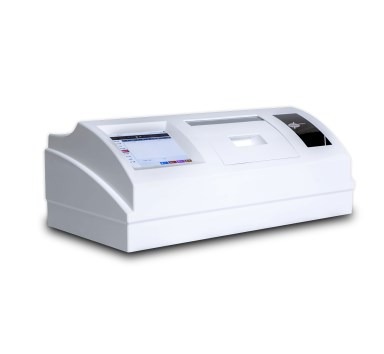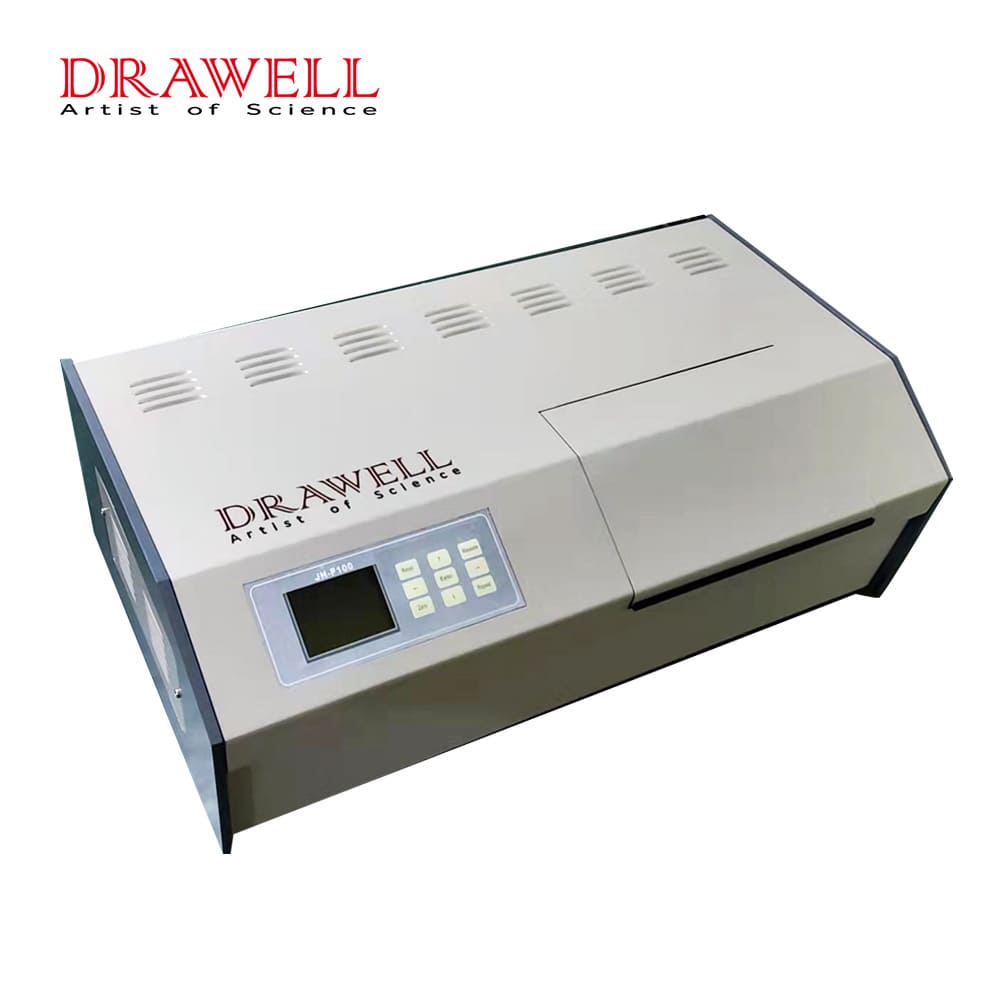Polarimetry is an important analytical technique that is widely used in many scientific and industrial fields to determine the optical rotation of polarized light. This method yields valuable information about a substance’s chemical composition, concentration, and structure. Polarimeters are classified into several types, each with its own set of features and applications. In this article, we focus on the topic of polarimeter types, delving into the various types of polarimeters, their significance in diverse scientific endeavors and the key factors to select the suitable type.
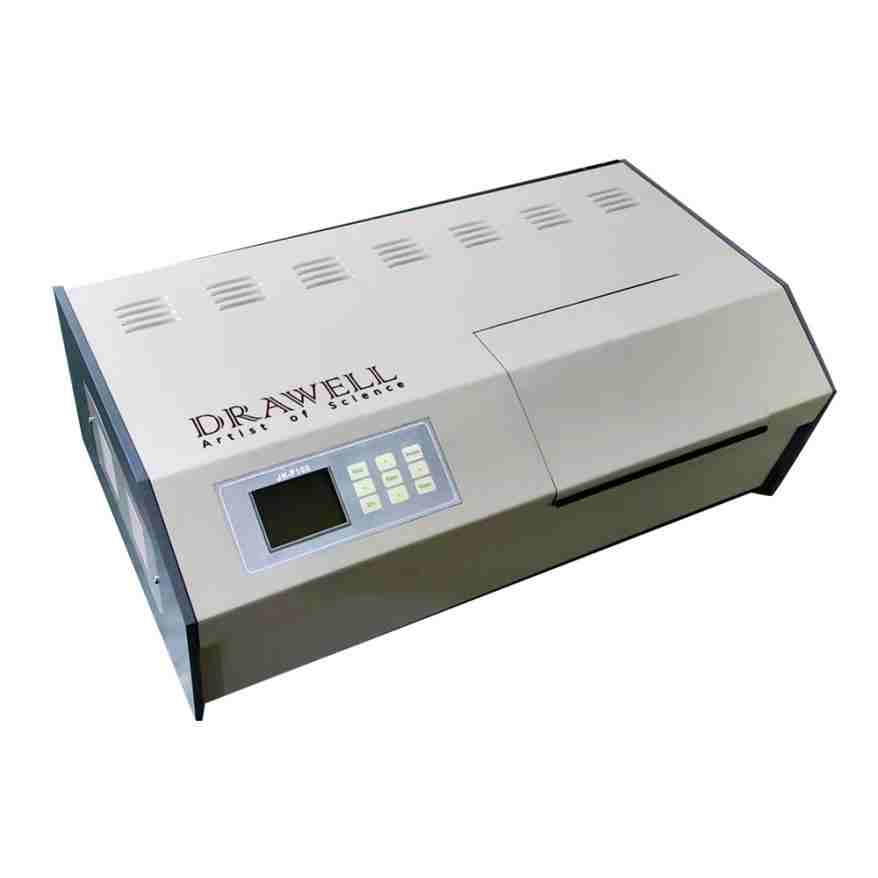
Various Types of Polarimeters
1. Simple Polarimeters
Simple polarimeters are the most fundamental type of polarimeter, and they are frequently used in educational settings and introductory experiments. A polarizer, a sample tube, and an analyzer are usually included. These devices are simple to use and aid in the understanding of the fundamental principles of polarimetry.
2. Manual Polarimeters
Manual polarimeters are more advanced instruments used in research and industry for precise measurements. To achieve the best results, the polarizer and analyzer angles must be manually adjusted. Manual polarimeters are often equipped with a Vernier scale or a circular scale to facilitate precise angle readings.
3. Automatic Polarimeters
Because of their efficiency and ease of use, automatic polarimeters have grown in popularity. These instruments use advanced technology to control the polarizer and analyzer positions automatically. Automatic polarimeters are extremely accurate, which reduces the possibility of human error in angle adjustments. They are best suited for high-throughput environments and applications that require frequent measurements.
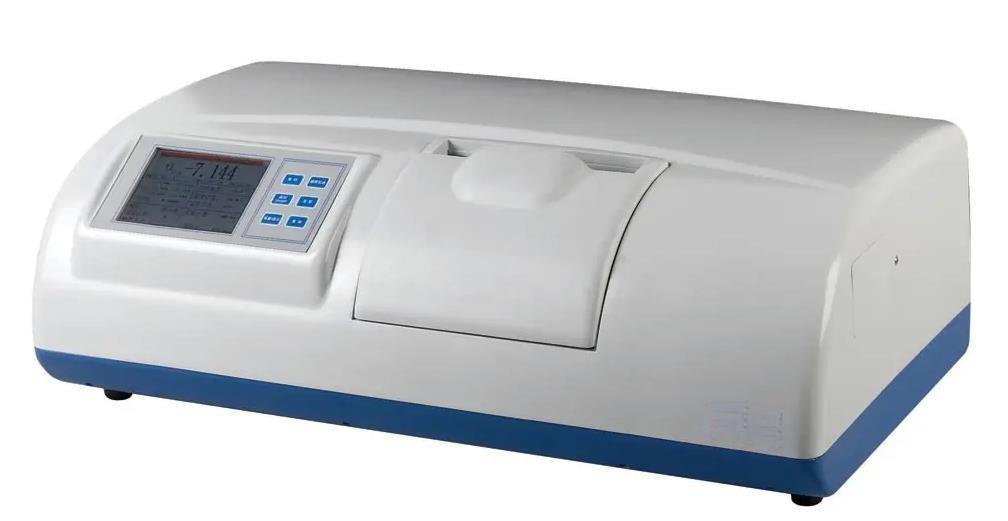
4. Digital Polarimeters
Digital polarimeters take automation a step further by incorporating digital data acquisition and processing technology. These devices have digital displays, microprocessors, and are frequently data storage devices. Digital polarimeters provide quick and consistent results, making them ideal for applications requiring precision and repeatability.
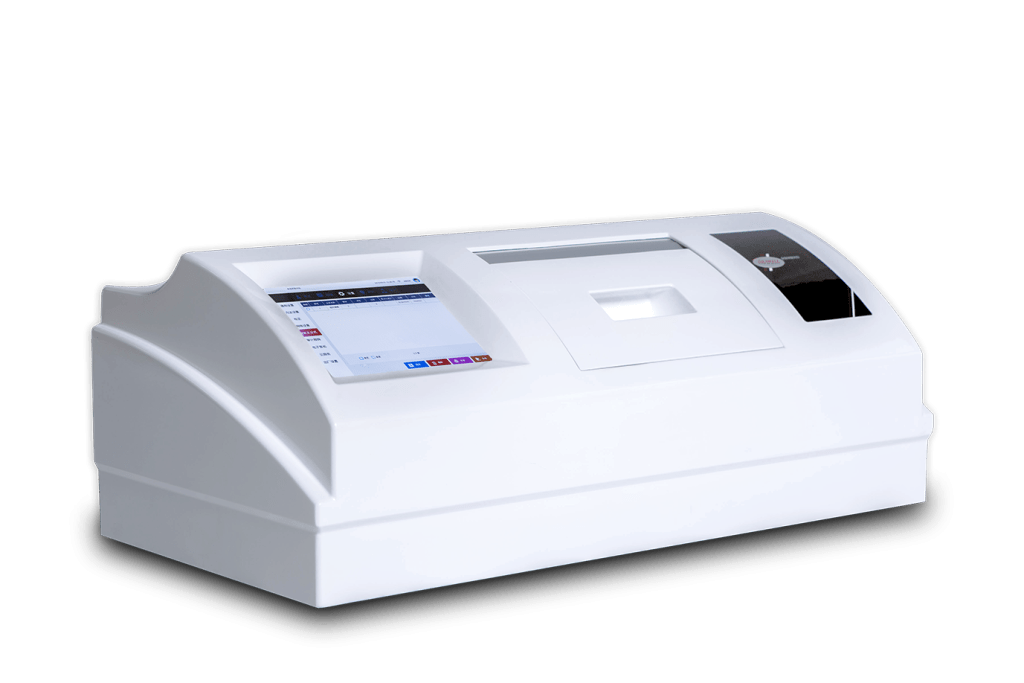
5. In-line and Process Polarimeters
In industrial settings where continuous monitoring is required, in-line and process polarimeters are essential. These instruments are integrated into production processes to provide real-time data on the optical properties of substances. In-line polarimeters contribute to quality control in industries such as pharmaceuticals, food and beverage, and chemicals.
6. Multi-Wavelength Polarimeters
Some substances exhibit different optical rotations at different wavelengths of light. Multi-wavelength polarimeters address this by allowing measurements at multiple wavelengths. This capability enhances the specificity of polarimetric analyses, especially in complex mixtures where different compounds may contribute to the observed optical rotation.
7. Ellipsometry
While not strictly a polarimeter, ellipsometry is a related technique that measures changes in the polarization state of light reflected from a sample surface. Ellipsometers are used to determine thin film thickness and optical constants. The information obtained complements polarimetric data, offering a more comprehensive understanding of a material’s optical properties.
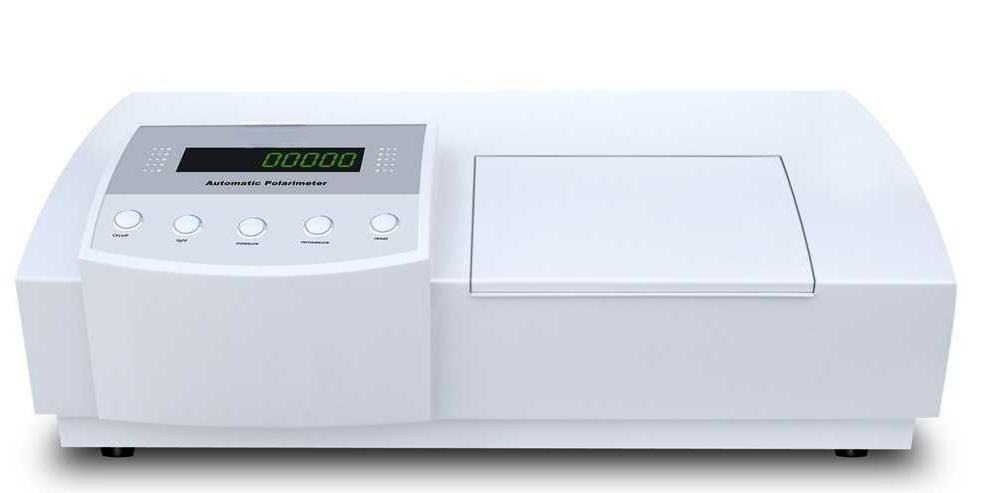
Key Factors to Select the Suitable Type of Polarimeters
Selecting the suitable type of polarimeter involves considering various factors to ensure accurate and reliable measurements for a specific application.
1. Application and Purpose
Identify the primary purpose of using the polarimeter. Different types of polarimeters may be required for different applications, such as academic research, industrial quality control, or specific scientific analyses. Select a polarimeter that is compatible with the objectives of your application.
2. Accuracy and Precision
Consider the level of precision and accuracy required for your measurements. If high precision is required, an automatic or digital polarimeter may be more appropriate, as they often provide more accurate and repeatable results than manual instruments.
3. Sample Characteristics
The nature of the samples you intend to analyze is a critical factor. Some substances may require multi-wavelength polarimeters, especially if they exhibit different optical rotations at different wavelengths. Understanding the optical properties of your samples will guide you in selecting the most appropriate polarimeter.
4. Throughput and Speed
Evaluate the throughput requirements of your application. For high-throughput environments, such as industrial processes, automatic or in-line polarimeters are preferred due to their rapid measurement capabilities. In contrast, manual polarimeters may be sufficient for applications with lower measurement frequency.
5. Ease of Use
Consider the polarimeter’s usability, especially if it will be used by people with varying levels of expertise. Touch-screen interfaces and intuitive controls are common features of automatic and digital polarimeters, making them more accessible to users who lack extensive training.
6. Data Handling and Analysis
Assess the data handling and analysis capabilities of the polarimeter. Digital polarimeters may have built-in data storage, processing, and export functionalities. This can be advantageous for researchers who need to manage and analyze large datasets efficiently.
7. Cost Considerations
Evaluate the budget available for the polarimeter. While more advanced features often come with a higher price tag, it’s essential to strike a balance between the capabilities required for your application and the available budget.
8. Environmental Conditions
Consider the operating environment of the polarimeter. In some cases, the instrument may need to withstand specific environmental conditions such as temperature and humidity variations. Instruments designed for fieldwork or harsh industrial settings may have additional features to ensure reliable performance.
9. Calibration and Maintenance
Check the calibration requirements and maintenance procedures of the polarimeter. Instruments that are easy to calibrate and maintain are preferable, as they contribute to the reliability and longevity of the equipment.
10. Future Expandability
Consider future needs and advancements in your research or application. Choosing a polarimeter that allows for upgrades or expansion of capabilities may be advantageous as your needs change over time.
Conclusion
Polarimeters provide valuable insights into the nature of substances based on their optical activity, playing a vital role in various scientific disciplines and industries. The type of polarimeter used depends on the application, which can range from educational demonstrations to high-throughput industrial processes.

